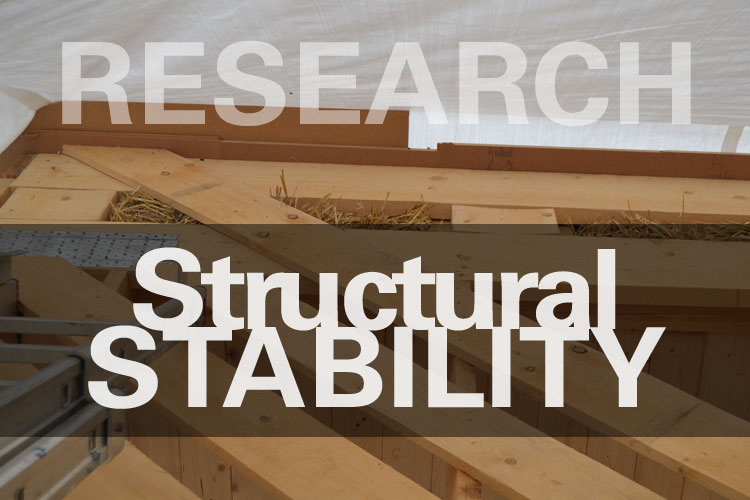Trainees know …
- about loadbearing systems and its specific demands on planning [Level 4]
- advantages and disadvantages of loadbearing technique
- joints to attached building elements (floor and roof plates, openings) according to loadbearing best practice and rules
- tools and machines used in the straw bale construction sites.
- the possible dangers, safe working practices, accident prevention regulations and security data sheets.
- the specific straw bale problems of the building site organization.
- how to read and implement plans. [Level 4]
- the great importance of good density of the straw bales.
- how to adjust the bales to the required size and shape.
- different compression methods and its characteristics.
- the need to fix the bales and knows the different methods to do it.
- how to fill the gaps between the bales and how to prepare the interior and exterior surface for plastering.
- the timetable linked with the costs. [Level 4]
Author: STEP




